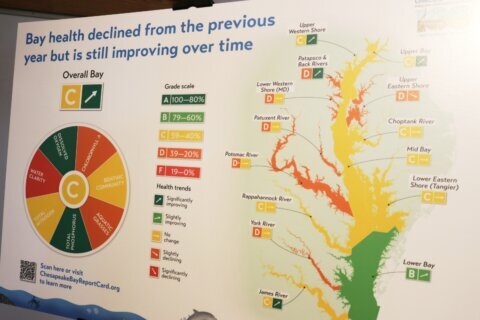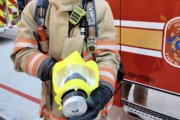WASHINGTON — A fatal crash involving a Tesla SUV in a semi-autonomous mode in California and another deadly crash involving an autonomous Uber in Arizona have received national attention, including the attention of area transportation officials.
The incidents, however, are not putting the brakes on testing the technology.
As Maryland looks to the future of cars, it is also making sure the voices of everyone involved in the process are heard, said Jim Ports, deputy secretary for the Maryland Department of Transportation.
“We’re working with every part of the industry, and I mean that’s the insurance commissions, manufacturers, lawyers, everybody throughout this process,” said Ports, who also co-chairs a work group on autonomous vehicles for the state.
In Maryland, companies and organizations looking to test autonomous cars must get a permit. The Aberdeen Proving Ground is one of the locations where the cars can be tested under state supervision, Ports said.
“Then we work toward allowing them to go on the streets, but not until we believe they’re fully safe,” he said.
In February, the state issued its first autonomous car permit to STEER Tech of Howard County. Initially, the permit allows the companies to test the cars at an MDOT State Highway Administration park-and-ride lot and at a Maryland Transit Administration parking lot.
While some people might be hesitant to trust technological advances in the automotive industry, Ports believes that as people get used to it, they will come to appreciate the changes.
“The backup cameras — people said the same thing about that. ‘Technology won’t work.’ It’s working,” Ports said.
Ports, who also served as deputy director of the National Highway Traffic Safety Administration, said work to further vehicle automation is about saving lives, even if a crash happens.
He recalled that while at NHTSA, he rode in an autonomous car in which he was told to not hit the brakes as the car approached a red light in New York City. As the light neared, he said, his seat went up so his knees wouldn’t go under the dash, and his seat belt tightened as the windows and sunroof on the car closed automatically, before the car jolted to a stop.
“It was preparing me for a crash situation, so it would have kept my body safe,” Ports said.
When it comes to fully autonomous cars that allow drivers to become inattentive passengers, Ports believes that technology is a way down the road.
“We know that’s going to take time to produce, but it will eventually get there one day,” Ports said.








